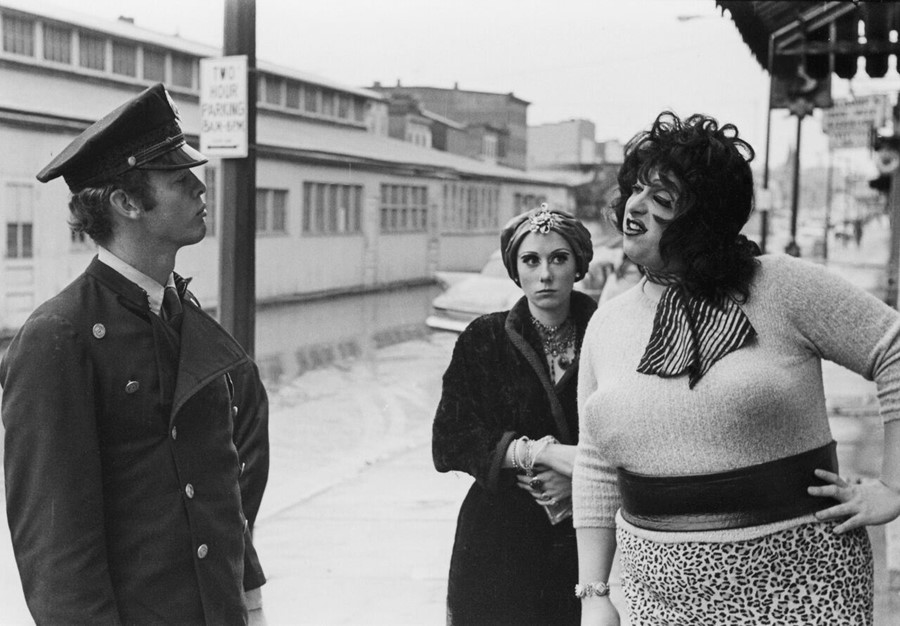As his second feature, Multiple Maniacs, is re-released in the UK, the American director spills the beans on its “ludicrous” realisation and the LSD-fuelled frolics that inspired it
In 1970 a 24-year-old John Waters set about shooting his second feature film, Multiple Maniacs. Unlike his first, Mondo Trasho, the yet-to-be-ordained Pope of Trash now had the potential to shoot with sound, giving a voice to his fabulously filthy vision. The black and white movie features Waters’ favoured group of reprobates – Divine, Mink Stole, David Lochary, Edith Massey – who would go onto feature in many more of his films, boasts a killer script brimming with Waters’ signature one-liners, and promises, within minutes, to present “the most flagrant violation of natural law known to man”. Spoiler alert: it delivers. It is the only one of Waters’ films to receive a Rotten Tomatoes score of 100% (“Is it still 100%?” Waters chuckles down the phone from his office in Baltimore, “that’s pretty funny; the hindsight of a time capsule!”) and yet until last year it had only been shown in a handful of midnight screenings during its original release. Now, however, it has been restored by the prestigious Janus Films and this week hits UK cinemas for the first time.
The film tells the story of Lady Divine, who runs a “Cavalcade of Perversion” – essentially a freak show, featuring a man eating his own vomit, a heroin addict going cold turkey and live acts of homosexuality – as a means of enticing an unsuspecting audience into a tent and forcing them to hand over their possessions. But Lady Divine is descending into madness, propelled by the suspicion that her boyfriend Mr David may be cheating on her. We watch as she undergoes a series of life changing events – including a lesbian encounter with “religious whore” Mink Stole in a church, replete with “rosary job” and masochistic fantasies about Christ’s stations of the cross, as well as being ravished by a giant lobster – before her mania reaches its peak in a climactic, Godzilla-like ending set to the patriotic trilling of America the Beautiful. “It’s ludicrous,” Waters marvels of the film’s plot. “People said to me, ‘What were you thinking about?’ And I just don’t know. My father often used to say that, ‘What are you thinking about?’ I think that LSD had a lot to do with it!” Here, as the film arrives on UK screens, we catch up with the inimitable director to find out more about its inspiration and realisation and his current recommended reading.
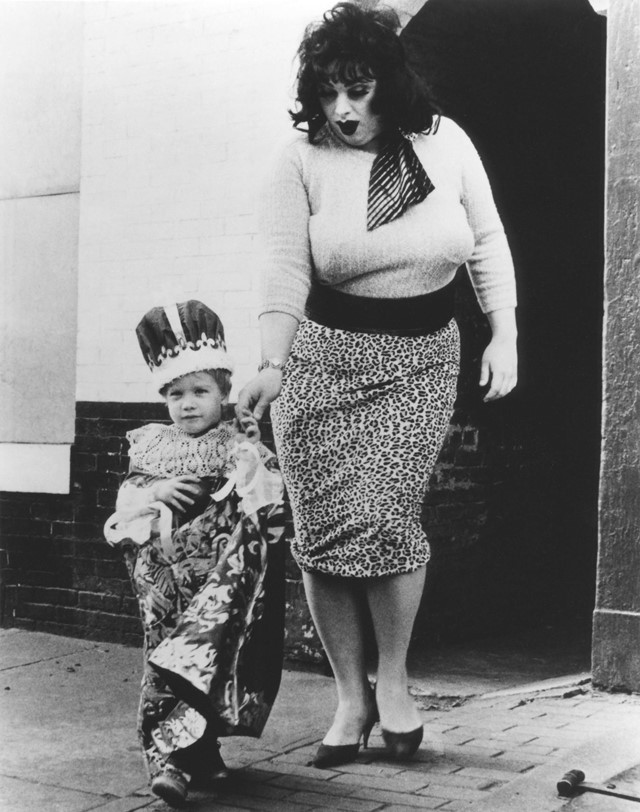
On the challenge of shooting…
“It was completely written and rehearsed. It was a very hard shoot because we used this single system 16mm camera – it was the same kind of camera that all the news station used because video hadn’t been invented yet – so it was all long shots; you couldn’t cut back and forth because the sound was recorded right on the film as we shot it live. You had to overlap 24 frames every time you had to cut. This is the first time I had a movie that had sound so I wrote a lot of dialogue and they had memorise all of it. If they said one word wrong, we had to go back to the beginning. We were working like 25-hour days, but that’s what kids do when they’re young. With your early films you always use your friends and it’s exhausting but you’re young, you want to make the movie and you get it done.”
On his directing style...
“I was tyrannical: Otto Preminger. I had to be because we had to get it made and we only had so many days. Like the day we shot the rosary job scene – I knew I was never going to be allowed back in that church once he found out what we shot in there! We had been arrested while making the movie we made before Multiple Maniacs, called Mondo Trasho, for conspiracy to commit indecent exposure. It was a nationwide news story, so we were paranoid. There wasn’t even such a thing as a film permit so we just ran out there and shot it like Cecil B. Demented did. That’s why I shot the Cavalcade of Perversion scenes on my parents’ front lawn, which is kind of bizarre when you think about it. They never really came down to look, but they were always supportive. They didn’t want me to get arrested either, because they were mortified the other time – it was in all the papers – so they thought at least there, we weren’t on the streets.”
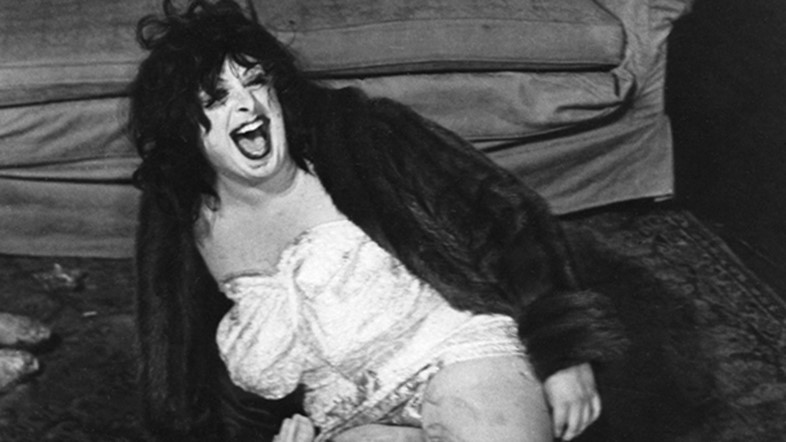
On his favourite anecdote from the shoot...
“The thing that makes me laugh the most watching it again – now that it’s restored and you can actually see it – is when Divine, David and Ricky leave the Cavalcade of Perversion to go to their apartment. They get into this white Cadillac convertible and drive. It was really David Lochary’s car but it barely ran and while we were shooting the scene, it died. So we pushed it into the parking lot of a project in the worst neighbourhood and got out and just left it there. I don’t know whatever happened to it! Divine had to get out in drag, while the other ones were holding guns, right in this project – not the most friendly place for a white person to be in this part of town.”
On dreaming up The Cavalcade of Perversion...
“It was kind of a joke, because with all the sexploitation movies around what was left? What couldn’t you see? All the Mondo Cane movies pretended to be socially redeeming by exposing the underworld, but it was always just titillation, sexploitation. In a way the Cavalcade of Perversion came from when I used to go to the freak show at the state fair in Maryland every summer. You would never be able to do this now, these were people with birth defects: they had the Octopus Man or they’d stand up and say, ‘This is the seal lady!’, but she just had a deformed hand. I used to go to those shows and be obsessed by them. The fat lady had a separate tent that I always had to pay more to get into. She was just sitting there on a folding chair in the dirt with bees around her. She would glare at you when you walked in and most people would be so uptight that they would just stay one second and leave, but I’d stay a long time. I think that experience led to Divine… It certainly led to Multiple Maniacs.”
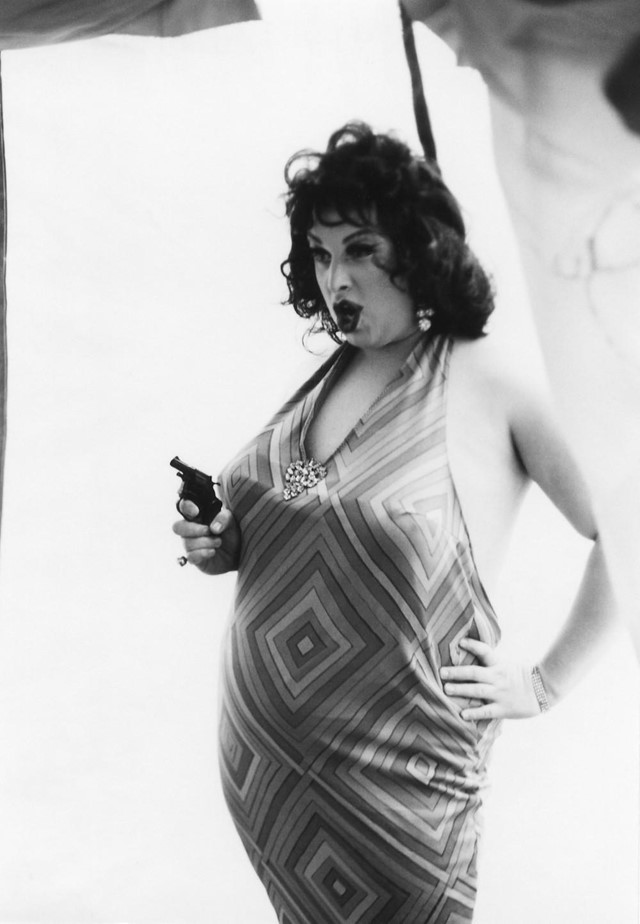
On the inspiration behind the lobster...
“We all lived in Provincetown and there was a beach with a lobster sign in the sky. When we were tripping we always used to pretend that the lobster was going to attack us so I think it came from LSD jokes. Vincent Peranio made the lobster; that was the first thing he ever did for me. He went on to art direct all my movies, then he did The Wire. He did hundreds of things, he had a great career, but that was the very first thing he did for me and the second thing he made was the trailer in Pink Flamingos.”
On the movies he was watching at the time…
“If you look at Divine’s apartment in the movie, it was just my apartment – not one thing was changed. You can see posters for art films and exploitation films hanging on the wall. I think there’s a Bergman film, a Roman Polanski, I, a Woman, Part II... so if you look at those posters, that was pretty much the movies that I was seeing. It was drive-in movies and then art movies. Most people didn’t put them together. I tried to.”
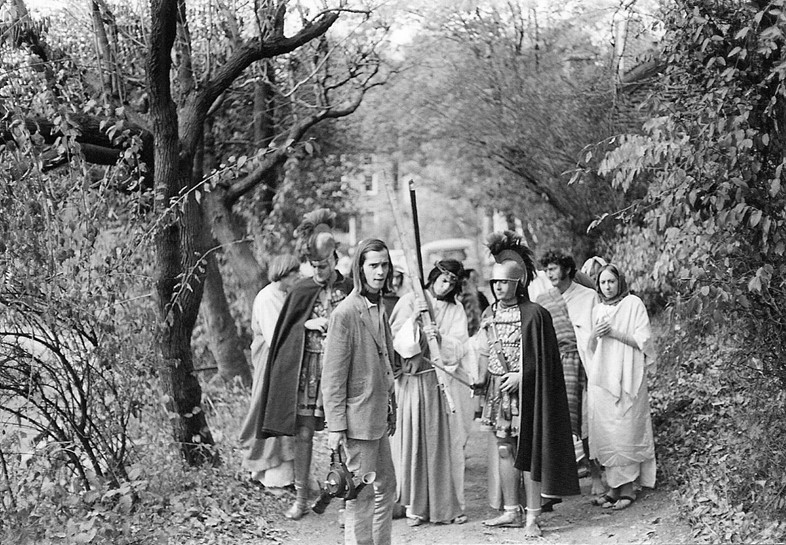
On his upcoming books...
“I’m working on a couple of books. One is called Make Trouble. It’s the commencement speech that I gave at RISD [Rhode Island School of Design] last year and it’s now illustrated. It’s a gift item for all students that are troubled – a good thing to give to a person who got thrown out of school and didn’t graduate.”
On his favourite reads...
“I’m a huge fan of this novel called Eileen by Ottessa Moshfegh – it’s about a prison guard. And then she’s got a brand new book out, Homesick for Another World. She’s my favourite writer these days. I’m also a big fan of Rachel Cusk; she’s my English favourite, definitely.”
On seeing the restored version of Multiple Maniacs...
“I was amazed at what science can do. I’m still amazed when I see it. The most amazing thing is that it’s done by Janus Films, the ones who did early Bergman in America and Godard and Truffaut, so it’s kind of funny. It looks like a bad John Cassavetes movie now. It looks better than it has ever looked but it doesn’t look too good, you know, so you don’t have to worry. I’m so happy that it has been rehabilitated and released. And it was received – at least in America – better than I have ever imagined it would be. Would I ever have thought it would be opening at the British Film Institute? I’m really excited and proud that it’s out there again: it’s really hideous taste that’s been elevated, in a way, and it’s an honour to me.”
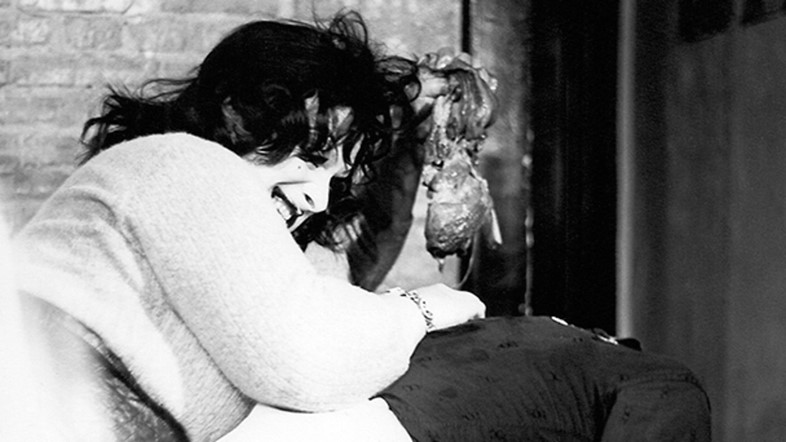
Multiple Maniacs is in cinemas nationwide from February 17, 2017, and is available on Blu-ray now.
